► BMW 6-series GT driven
► Plusher 5 or cheaper 7?
► On sale now
The new BMW 6-series GT slots in the same space vacated by the old, rather unloved 5-series GT. That means a longer wheelbase, more interior and luggage space and a greater focus on comfort than a 5-series saloon or Touring, at a significantly lower price point than a 7-series.
At launch, it’s yours in (four-cylinder, rear-wheel drive) 630i or (six-cylinder) 640i xDrive or 630d specification, the latter with either rear- or all-wheel drive. A choice of SE or M Sport trims are available in the UK. We’re testing the 640i xDrive M Sport.
Remind me why it isn’t just called 5GT again?
It fits with BMW’s new naming logic, where odd-numbered models are traditional saloons, SUVs and hatchbacks, or five-door saloons with a swoopy roof, but even numbered models are coupes and convertibles. Or four- or five-door models with coupe-like roofs. Or front-wheel-drive MPVs with either conventional roofs or higher, squarer roofs that definitely don’t look like a coupe. The BMW product planners must be furious that we are still… (punches desk) not… (punches desk) understanding… (punches desk) zis (punches desk).
To be fair, though, there is a certain amount of logic. The existing 6-series range is upping sticks to 8-series territory when it’s replaced. That leaves space for something more ‘premium’ than a 5 to fill that gap.
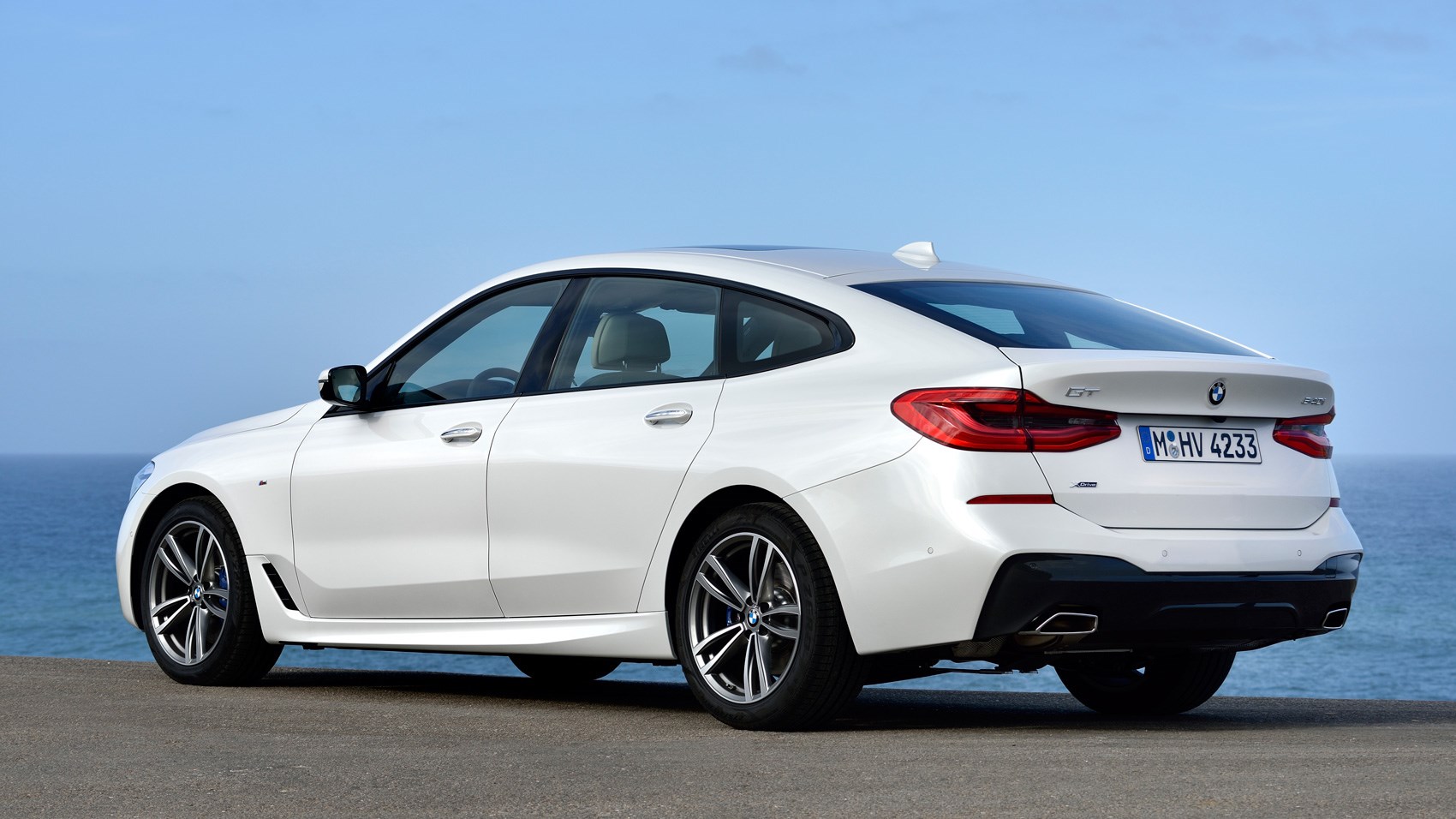
The 6GT is certainly a more luxurious proposition in terms of standard equipment than a 5-series: Adaptive LED headlights are standard (£1195 on an equivalent 5-series), Reversing Assist Camera (£375 for 5-series), panoramic roof (sunroof is £995 on a 5-series), powered tailgate (£430, 5-series), electrically adjustable front seats with driver memory (£895, 5-series) are all standard on a 6GT.
Naturally, the price bumps up, though. Our 640i GT xDrive M Sport £57,570 compares with a comparable 540i saloon’s £51,070, or Touring’s £53,570). You can’t get an equivalent 7-series, but a 740Li M Sport is £78,070.
The price is also comparable with the Mercedes CLS Shooting Brake and Audi A7 (though the latter isn’t available with petrol engines)
Is the 6GT a stretched 5-series or shorter 7-series?
Both. This is not so much a shared ‘platform’, as shared modular building blocks from a common ‘architecture’. It’s an important distinction. The front end is shared with the 7-series (so the 6GT can be had with either steel springs, or optioned on air, unlike the 5), the middle is 5-series, the rear the same air suspension and rear axle set-up as was previously unique to the 5-series Touring. It sits a little lower than a 5 saloon, freeing up boot space – the 6GT has 610 litres of the stuff. That’s 110 litres more than the 5GT, and compares with 530 and 570 litres for the new 5-series saloon and Touring.
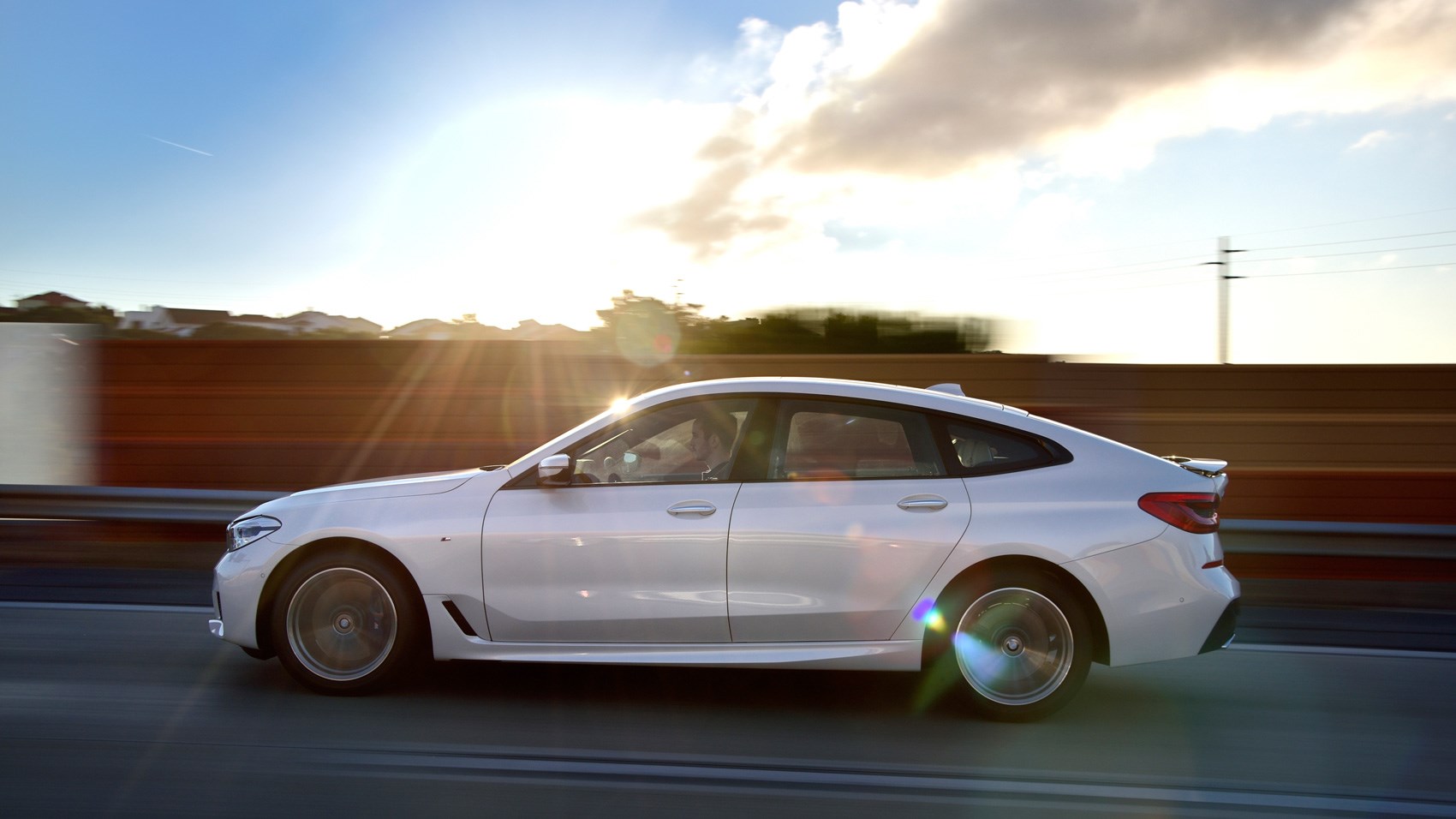
The 6GT is also as wide as a 7-series, which explains why there’s a little curve at the bottom of the A-pillars’ interior trim, as they curl in to meet up with a 5-series dash.
The 6GT sheds 100kg over the 5GT, but it’s 70kg heavier than an equivalent 5-series Touring. Where equivalent 7-series models are available (a 730d, for instance), the 6GT is also 70kg heavier – it’s almost as long, but does without the 7-series part-carbonfibre construction.
It looks much better than a 5GT…
Damning with faint praise? Much of the cause of the 5GT’s humpiness stemmed from its rear seats being raised 30mm versus the fronts and the designers working around that package, so the roof height had to be increased to provide suitably spacious packaging. The 6GT’s are at the same level, enabling the roofline to come down 21mm. In addition, the 6GT is 90mm longer than before, for a sleeker, more rakish shape. But, again, this is all relative, and there’s a complete lack of trouser arousement when you contemplate that dumpy form.
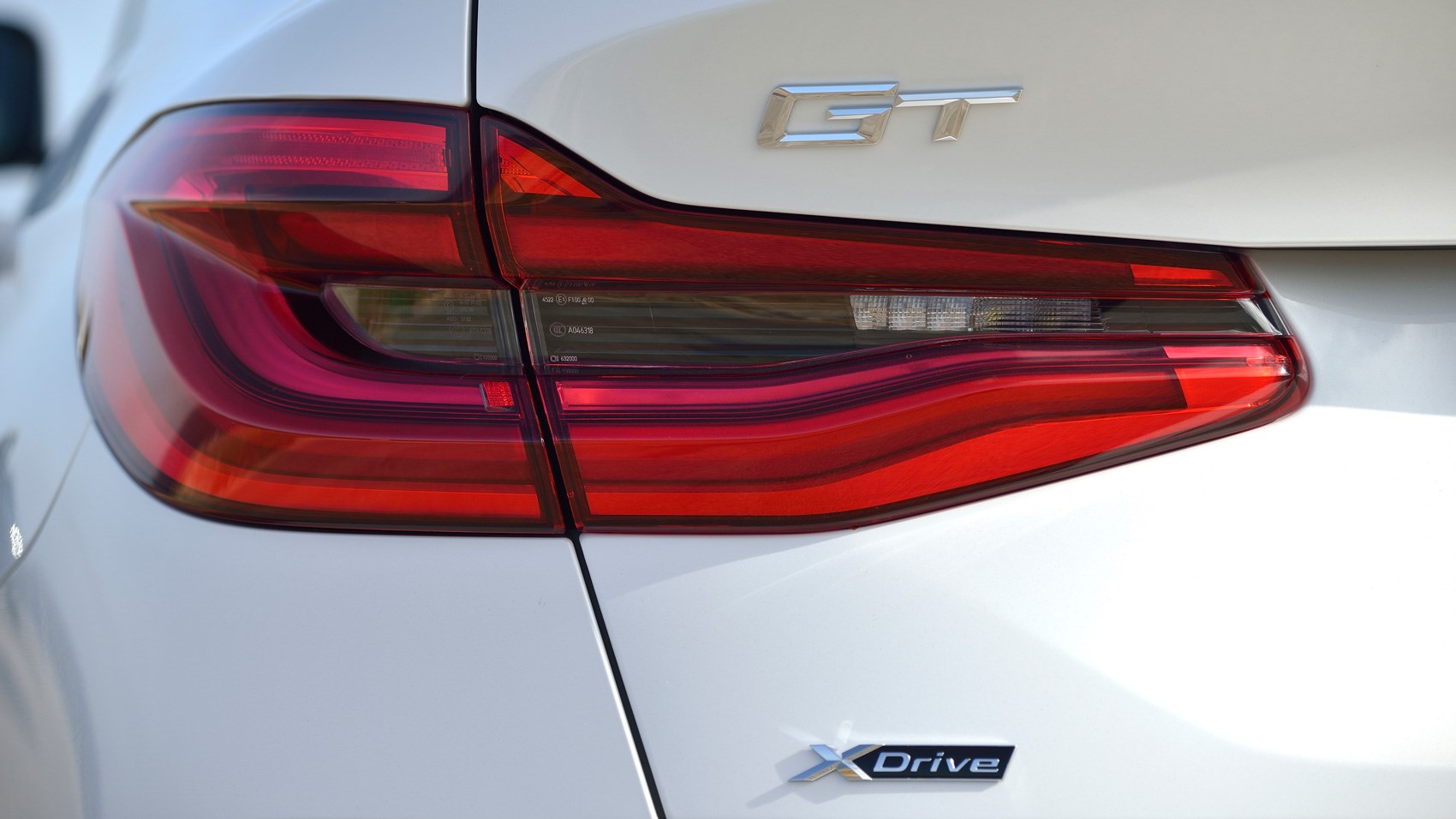
A Range Rover Velar is a significantly more expensive machine, I understand that, but it’s interesting to observe how Land Rover has created a more car-like SUV with real desire, and yet BMW’s designed a more SUV-like car with very little of it. Instead, they’ve created something that’s hard to love, mined from the same seam as a Mercedes R-Class.
What’s it like inside?
It’s a spacious, relaxing place to be, with fine design, great fit and finish and excellent infotainment. Climb in the back and there’s extremely generous legroom – as you’d expect from a car with a 7-series wheelbase.
BMW says there’s more room inside than the previous model, and even though the rear seats are no longer raised slightly over the fronts, there’s a good, relatively unobstructed view forwards and the engineers’ efforts to create more room between rear passengers’ heads and the cant rail certainly lends an open, airy feel.
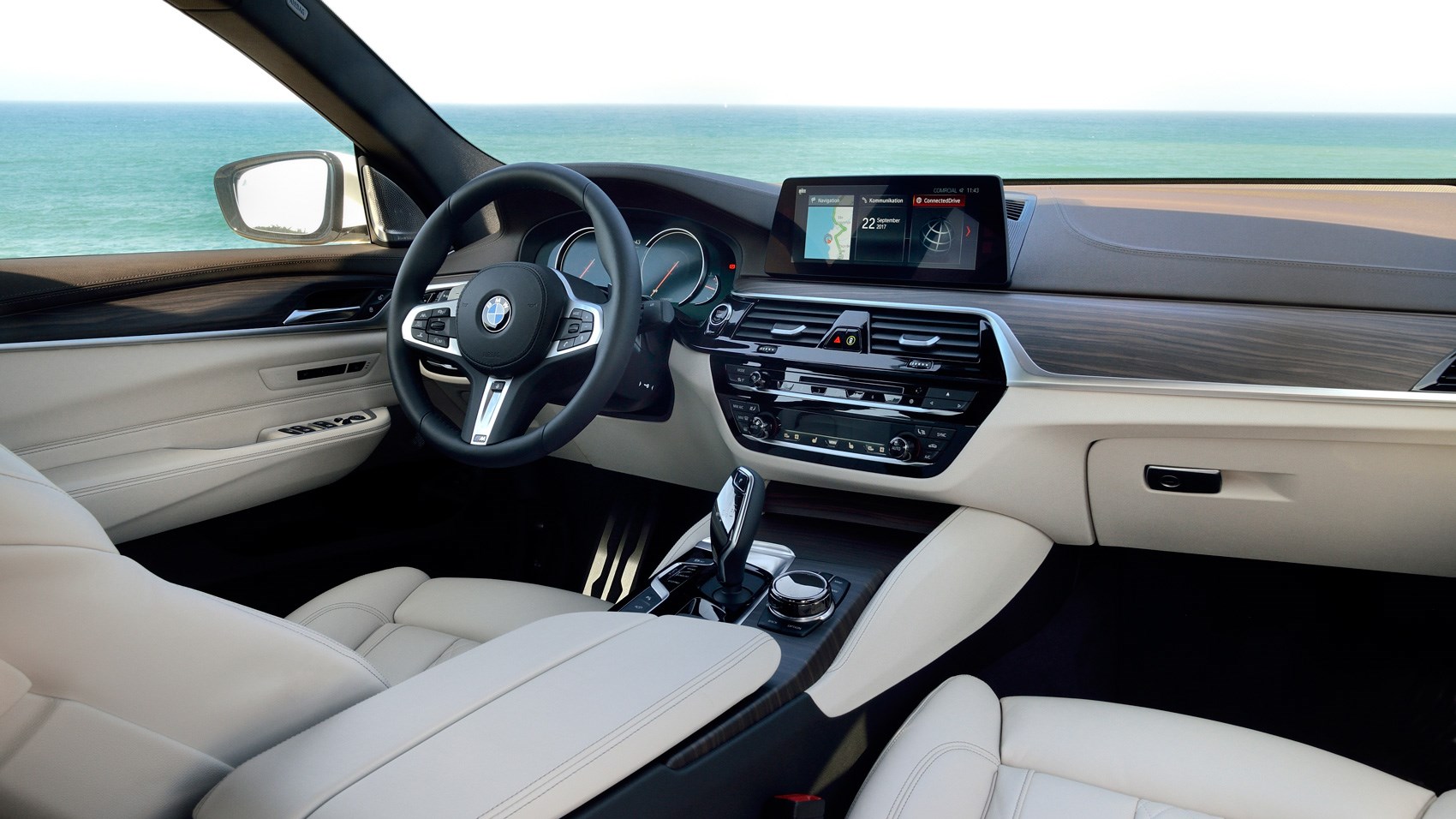
Our car got the optional Comfort rear seats, which electrically recline, and have cushy head rests that swallow you to the ears. Lovely.
Does it still have the novelty tailgate?
Ah, the one that would open either as a saloon or a windier hatchback? No it doesn’t. Customer research revealed those customers didn’t actually use the saloon option, so it’s just a plain old hatch this time. The lower level of complexity doesn’t actually save weight, because the more slippery design demands a pop-up rear spoiler for high-speed aero stability, which piles it back on again.
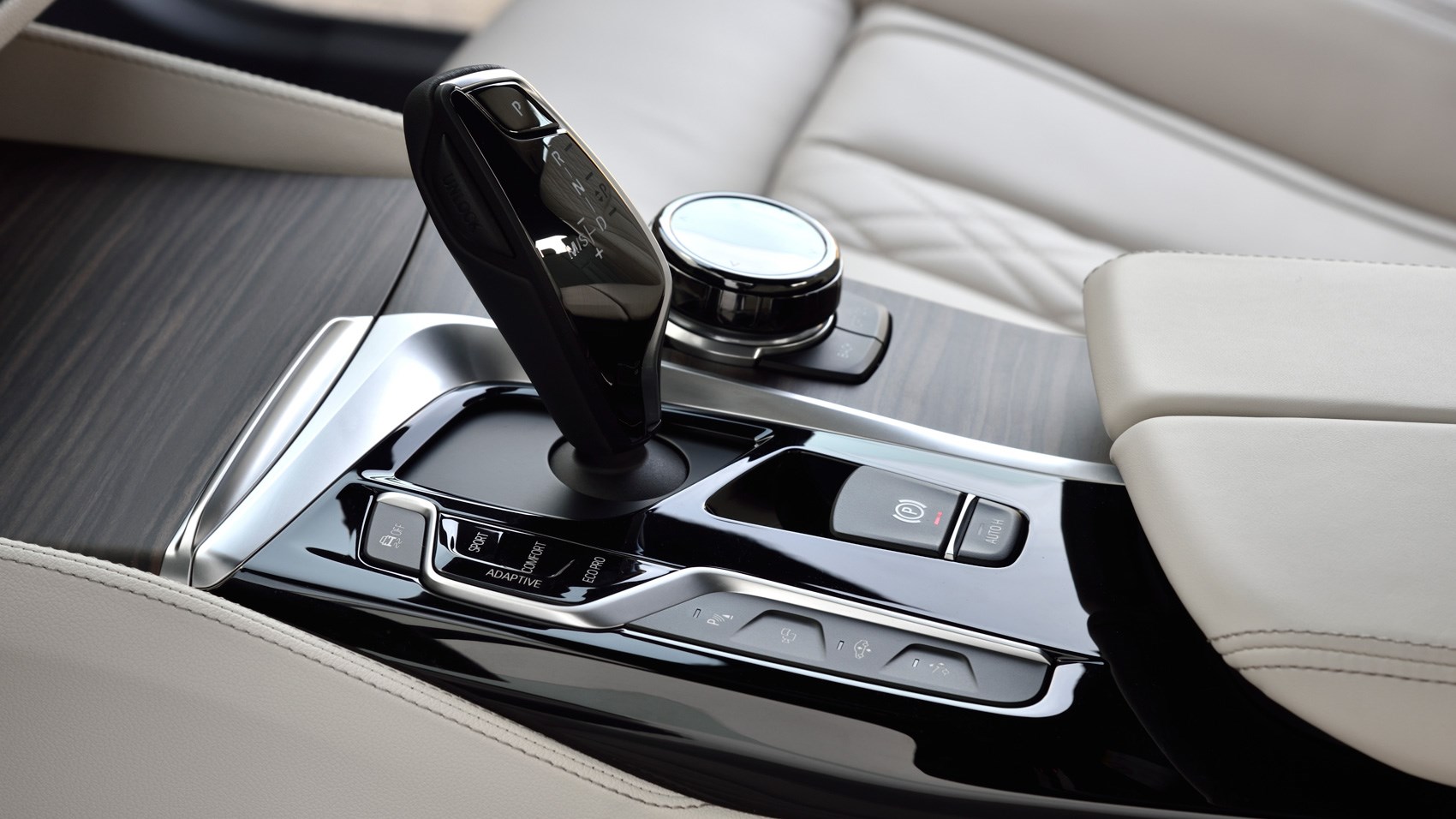
Open that hatch and along with 610 litres of luggage space, there’s a stowage area underneath the boot floor for the parcel shelf. There’s no bulkhead behind the seats, and you can choose to flip the central ski hatch down, or drop the seats in a 40/60 split with a flick of a button in the large luggage area. Get everything out of the way and you’ll increase luggage space to 1800 litres, better than the Touring’s 1700-litre max capacity.
How does it drive?
Our car was equipped with all-round air suspension (the standard spec includes air suspension only at the rear) and rear-wheel steering. The engineers say they’ve targeted a level of comfort very close to the 7-series, with dynamics that approach the 5-series. It speaks volumes that the normal BMW Drive Performance Control logic of Comfort, Sport and Sport Plus is re-jigged as Comfort Plus, Comfort and Sport.
Rear-wheel steering adds to a sense of manoeuvrability through tight corners for such a long car, and there’s no doubting that the 6GT is an extremely comfortable machine. It’s still possible to detect a very distant knobbliness in Comfort, but when you select Comfort Plus that vanishes entirely, and all on the M Sport suspension. Wind noise and road noise are both nicely supressed.
This isn’t sounding very ‘ultimate driving machine’…
It isn’t. The steering is spritely enough, but numb and isolated. Select Sport and it stiffens up to no real benefit, and the dampers firm up noticeably. But there’s still pronounced lean through corners. The engineers say this is no greater than a 5-series Touring, but acknowledge that the 6cm higher seating position amplifies the effect. It’s not wayward, but it certainly puts ‘dynamic’ a long way from your mind. xDrive ensures there’s no unseemly squealing from junctions, but carve harder down twisty roads and the 6GT will ultimately understeer. This is not a tactile, dynamic machine, it’s not what it’s for.
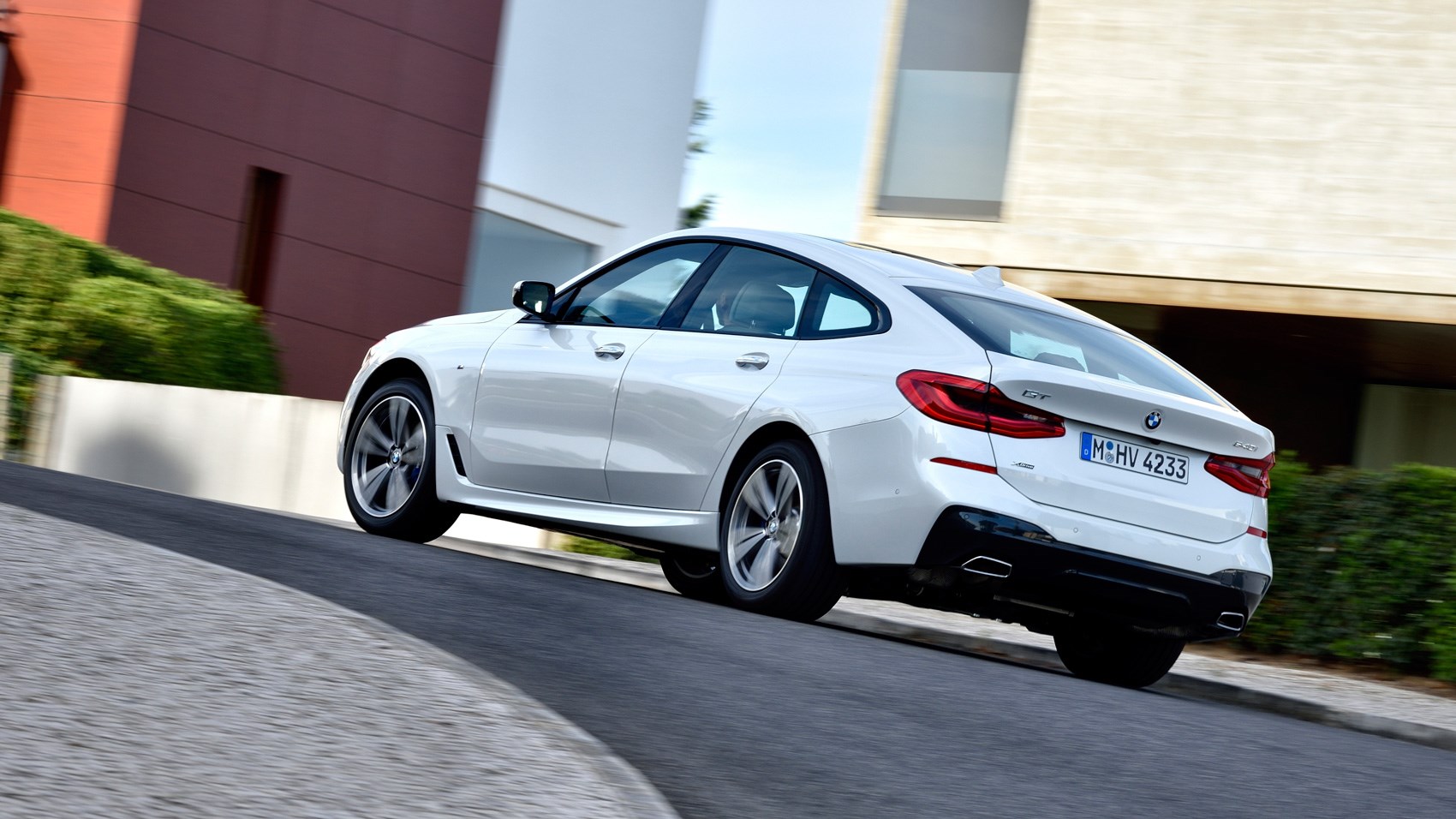
Nonetheless, the twin-turbocharged straight six continues to impress, with its smoothness, response and generous speed. There’s a certain bassiness to the soundtrack courtesy of the turbos, and that does make it harder to differentiate from a diesel six than the old naturally aspirated petrol sixes, but it’s still a purposefully meaty sound.
Verdict
There’s much to recommend a 6GT: it’s better equipped, more comfortable, more spacious, and even has a larger luggage capacity than a 5-series Touring. But it lacks that crucial sense of desirability, and disappoints on a twisty road. Us? We’ll take a 5-series Touring with a very nice spec.